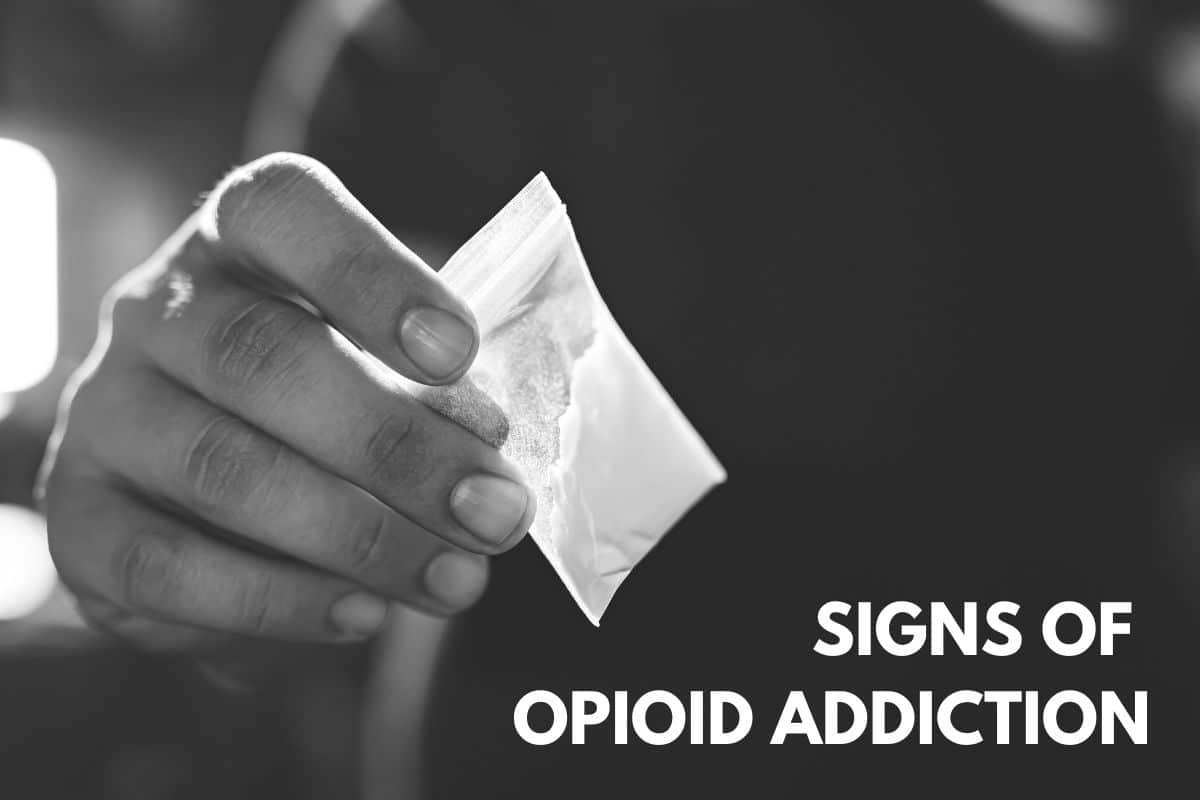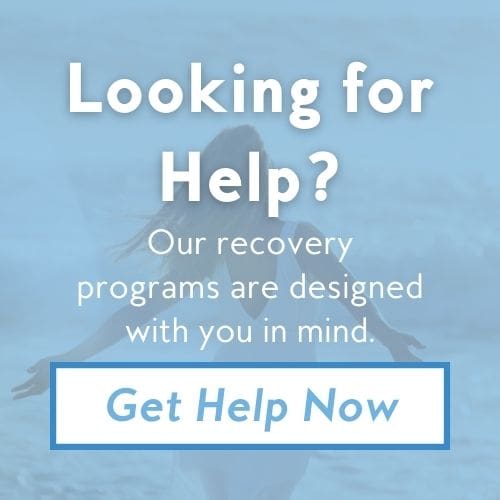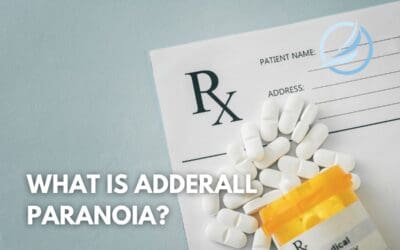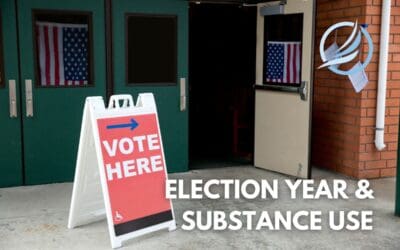In less than 2 decades, the CDC reports that nearly 450,000 individuals died from opioid-related overdoses – both prescription and illicit. The possibility of overdosing is among the greatest risks when using any opioids, even the prescription kind. Opioid addiction has consumed a daunting number of American lives, but it is critical that we keep working to overcome this crisis. Providing preventative information and access to treatment isn’t enough in its own. As individuals, we should know what the signs of opioid addiction are and how to spot them. Only then can we properly intervene.
What is an Opioid Use Disorder?
An opioid use disorder (or opioid addiction), is a physical and/or physiological need to use opioid substances despite the consequences. The risk of developing a physical dependence is high. This means that your body can quickly get to the point where it physically needs opioids in order to prevent the onset of adverse effects (withdrawal symptoms). Additionally, opioids produce what is described as a euphoric high. An opioid high is a feeling that addicts chase through the use of greater and greater doses.
Recognizing warning signs that you or a loved one is addicted to opioids could allow for early interventions. Intervening before an overdose could ultimately save a life.
Common Signs of any Opioid Use Disorder Include:
- Uncontrollable opioid use
- Strong cravings
- Frequent flu-like symptoms
- Drowsiness
- Changes in sleep habits
- Weight loss
- Decreased libido
- Lack of hygiene
- Isolation from family or friends
- Unexplainable financial difficulties
- Stealing from or lying to family, friends, or businesses
The signs of someone who is abusing prescription opioids can be different than someone who is abusing illicit opioids, but some individuals abuse multiple forms of opioids. For that reason, these signs of addiction can be seen together, but might be helpful in determining which types of opioids are being abused:
Signs of Prescription Opioid (Oxycontin, Vicodin, Tramadol) Addiction
- Prescription shopping
- Possession of multiple overlapping prescriptions
- Claiming to lose prescriptions
- Possessions of pain pills prescribed to someone else
- Stealing or selling prescriptions
- Taking greater and greater doses to get the same effects
- Increased sensitivity to pain with higher doses of pain medication
Signs of Illicit Opioid (Heroin, Fentanyl) Addiction
- Possession of drug paraphernalia
- Track marks (visible injection site marks)
- Wearing long sleeves to hide track marks
Opioid Addiction Treatment
If you notice signs of opioid addiction, it can be hard to know where to start and how to help. Drug rehab programs that treat opioid use disorders often offer a number of treatment options from medication to individual and group therapy. Due to the nature of the physical symptoms when withdrawing from opioids and the intensity of cravings, the use of medications such as Subutex, suboxone, or methadone may be advised to taper off of opioids and prevent a relapse. Even when these medications are used, they should be combined with other therapies such as behavioral therapy or chiropractic care.
Contact our team at The Freedom Center to speak with an admissions specialist. We can provide valuable information on intervening and getting you or your loved one the help they need before it is too late.
Sources:
https://www.cdc.gov/drugoverdose/epidemic/index.html


































